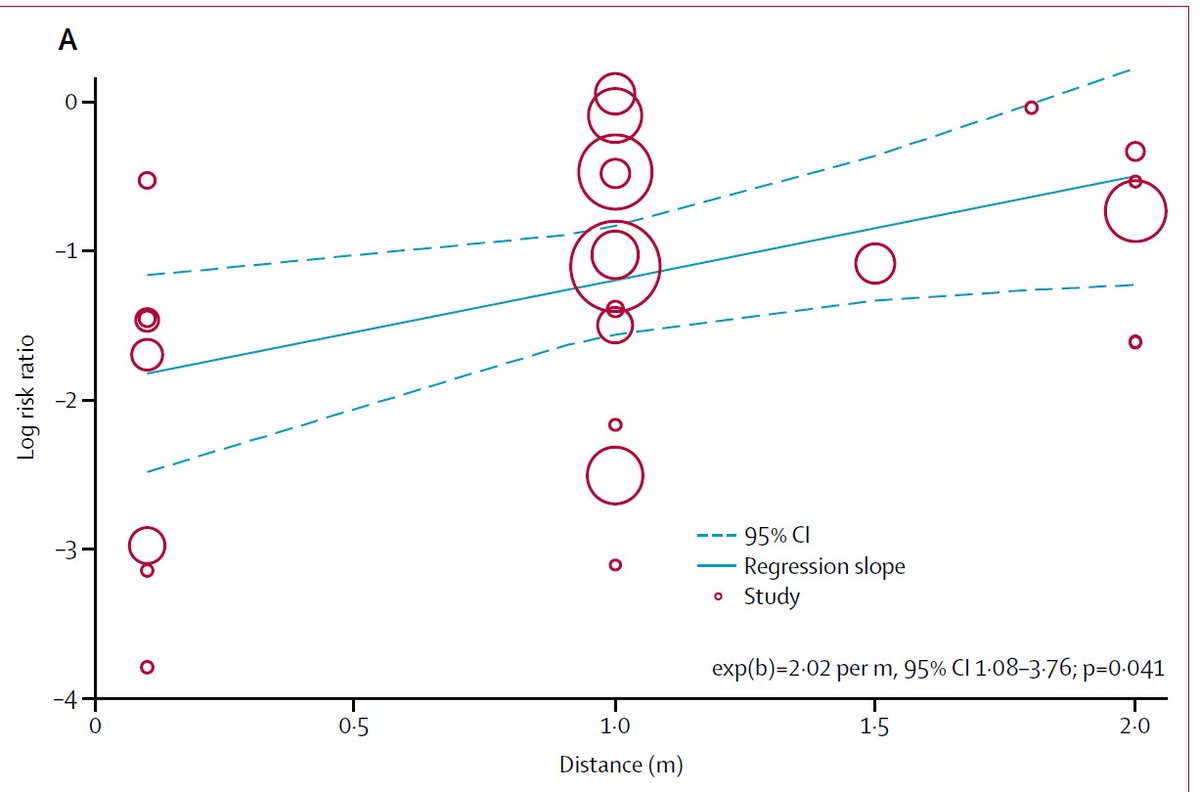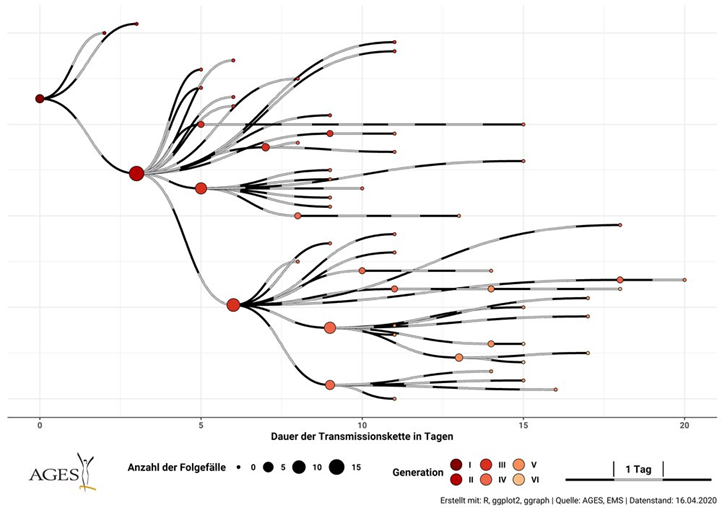(How to over-interpret data?)
Article by @apoorva_nyc & thread by @BillHanage, who is quoted in article, are strangely very different from each other, and make overall story very confusing.
Thread.
See here for additional discussion of the two (but paper conclusion overstates evidence):
nejm.org/doi/full/10.10…
But CAN virus also be transmitted by aerosols (at distances >6')?
doi.org/10.1016/S0140-…

"239 Experts With 1 Big Claim: The Coronavirus Is Airborne"
But is that really it? Does "Airborne" = "Aerosol"? It seems so, but quotes in story paint different story.
(Same Q for letter signed by hundreds of experts)
(Note: No link to letter in NY Times article - why do story on it then???)
WA Choir
cdc.gov/mmwr/volumes/6…
Restaurant w/ air conditioning
doi.org/10.3201/eid260…
medrxiv.org/content/10.110…
wwwnc.cdc.gov/eid/article/26…
So why does NY Times article try to paint such a clear picture of aerosol transmission?





